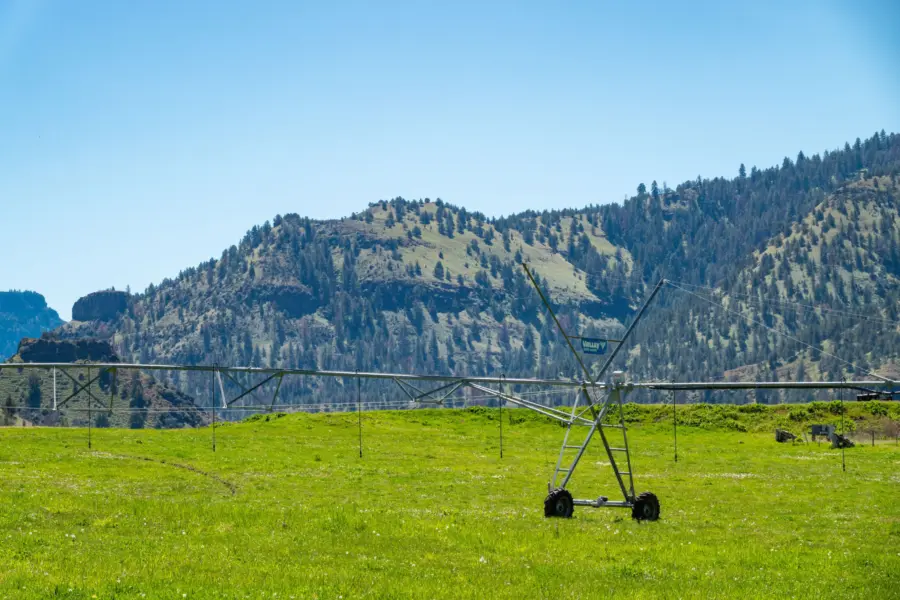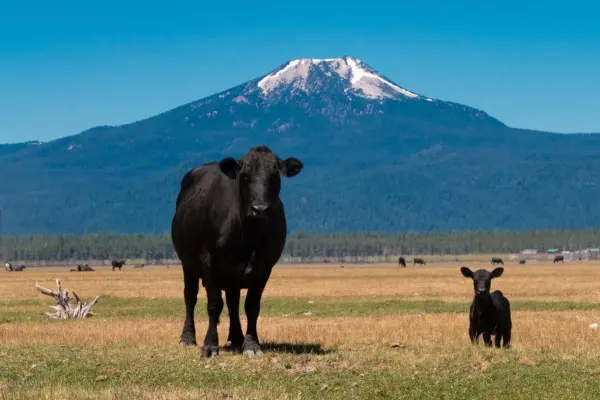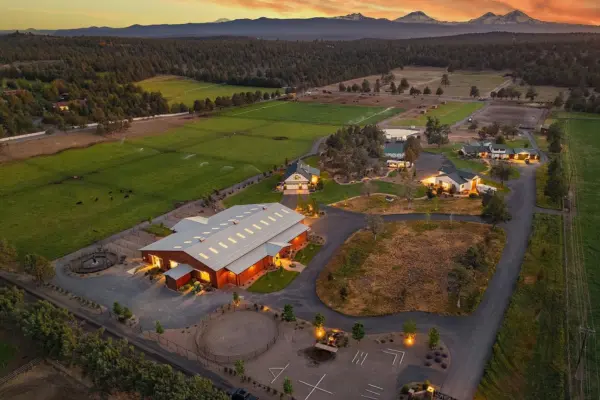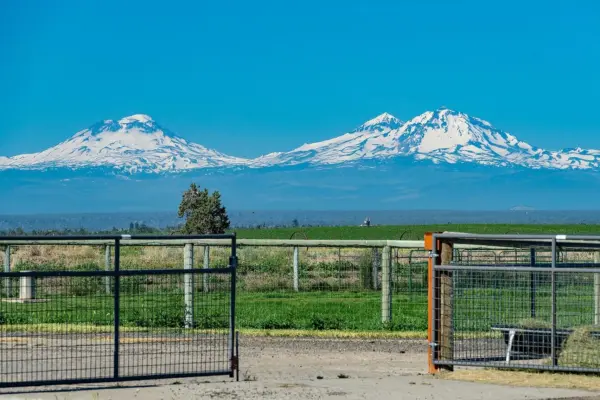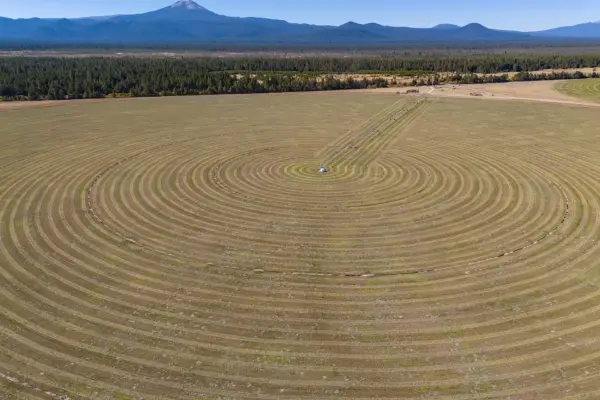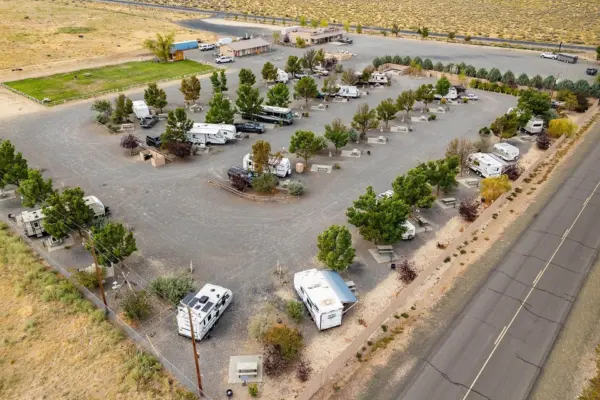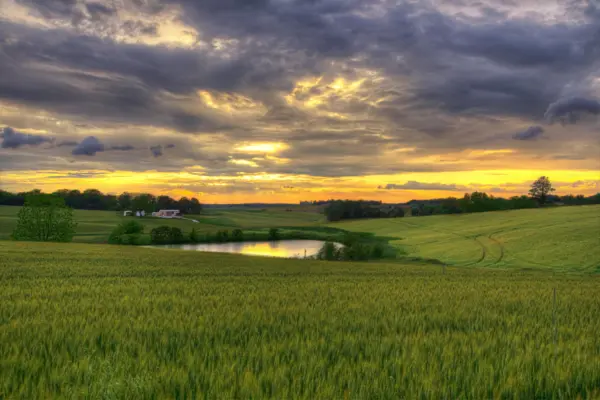The different ways of putting up hay…
We have this discussion with many buyers, especially those with experience in multi-family or commercial properties. “Show me the P&Ls.” Sure thing, boss, but are you going to operate this property in the exact same fashion with the same equipment and marketing? Duplexes with long-term tenants can only be run with so much variance: collect rent, deduct insurance, taxes, and maintenance expenses, and maybe you are paying for management. As you might have noticed throughout this article, there is a tremendous amount of variance in hay-growing acres. That being said, you can ask for financials, but I would focus on the following: yields per acre, inputs (fertilizer, lime, herbicides, seed, pump costs, etc.), the type, quality, and bale size of hay sold, the price of hay sold, and how it was sold (was the broker involved, was it in small loads, did you deliver, was it sold quickly due to storage space, etc.). With these numbers, you can calculate the possibilities of applying your own plan to the ground and make a financial projection. If you are really savvy, you might even project future improvements to the operation, the tax benefits (depreciation of equipment and improvements), and possible synergy with your other agricultural endeavors.
I once heard a saying, “Every bale of hay has a home; it’s a matter of price and getting it there.” If you think about it, investing in a crop that is so universally needed seems like a solid investment, in my opinion. Now, I can guarantee that the hay business isn’t easy. But is there anything that’s worth doing that’s easy? May your fields be tall and lush, and the hay stay out of your pants!



